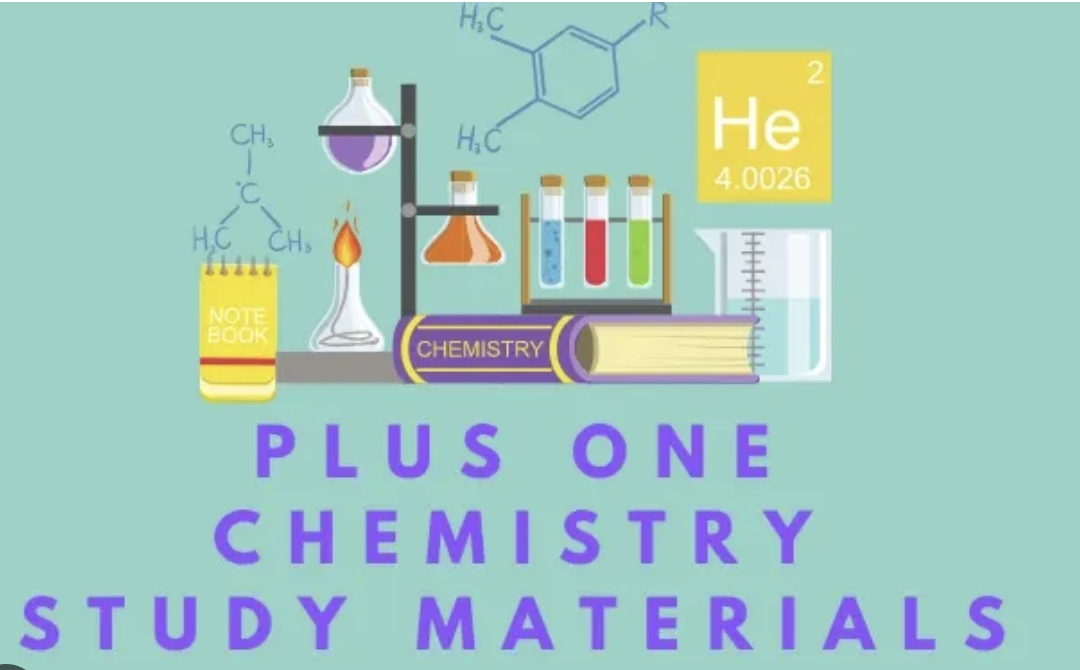This chapter examines electron transfer reactions that are fundamental to many natural and technological processes. Students learn to identify oxidation and reduction processes, balance complex redox equations, and understand electrochemical cells. The concepts of electrode potentials and electrolysis are explored, with connections to batteries, corrosion, and metallurgical processes. This knowledge forms the basis for understanding energy storage technologies and many industrial applications.
Chapter 8: Redox Reactions
Introduction to Redox Reactions
Redox reactions, or oxidation-reduction reactions, are fundamental chemical processes involving the transfer of electrons between chemical species. These reactions play a vital role in various biological, environmental, and industrial processes.
Classical Concepts of Oxidation and Reduction
- Oxidation: Historically defined as the gain of oxygen or loss of hydrogen
- Reduction: Historically defined as the loss of oxygen or gain of hydrogen
- Example: When magnesium burns in oxygen to form magnesium oxide (2Mg + O₂ → 2MgO), magnesium is oxidized and oxygen is reduced
Electronic Concepts of Oxidation and Reduction
- Oxidation: Loss of electrons (OIL – Oxidation Is Loss)
- Reduction: Gain of electrons (RIG – Reduction Is Gain)
- Example: In the reaction between sodium and chlorine (2Na + Cl₂ → 2NaCl), sodium loses electrons (oxidized) and chlorine gains electrons (reduced)
Oxidation Number Concept
Oxidation number represents the charge an atom would have if the electrons in each bond belonged entirely to the more electronegative atom. Rules for assigning oxidation numbers:
- Free elements have oxidation number zero
- Monoatomic ions have oxidation numbers equal to their charge
- In compounds, alkali metals have +1, alkaline earth metals have +2
- Oxygen typically has -2 (except in peroxides and superoxides)
- Hydrogen typically has +1 (except in metal hydrides)
- Fluorine always has -1
- The sum of all oxidation numbers in a compound is zero
Types of Redox Reactions
- Combination Reactions: Two substances combine to form one product (A + B → C)
- Decomposition Reactions: One substance breaks down into two or more substances (C → A + B)
- Displacement Reactions: An element replaces another element in a compound (A + BC → AC + B)
- Disproportionation Reactions: Same element is both oxidized and reduced (2A → A’ + A”)
Balancing Redox Reactions
Two methods:
- Oxidation Number Method:
- Identify elements changing oxidation states
- Calculate electron transfer
- Balance electron transfer by multiplying with appropriate coefficients
- Balance remaining atoms
- Half-Reaction Method:
- Separate the reaction into oxidation and reduction half-reactions
- Balance atoms other than O and H in each half-reaction
- Balance oxygen by adding water molecules
- Balance hydrogen by adding H⁺ ions
- Balance charge by adding electrons
- Multiply half-reactions to equalize electrons transferred
- Add half-reactions and simplify
Redox Reactions in Everyday Life
- Respiration: Oxidation of glucose in cells to produce energy
- Photosynthesis: Reduction of carbon dioxide to form carbohydrates
- Combustion: Rapid oxidation of fuels
- Corrosion: Oxidation of metals in presence of environmental agents
- Bleaching: Oxidation of colored substances to colorless compounds
- Batteries and Electrochemical Cells: Convert chemical energy to electrical energy through redox reactions
Complete Chapter-wise Hsslive Plus One Chemistry Notes
Our HSSLive Plus One Chemistry Notes cover all chapters with key focus areas to help you organize your study effectively:
- Chapter 1 Some Basic Concepts of Chemistry
- Chapter 2 Structure of Atom
- Chapter 3 Classification of Elements and Periodicity in Properties
- Chapter 4 Chemical Bonding and Molecular Structure
- Chapter 5 States of Matter
- Chapter 6 Thermodynamics
- Chapter 7 Equilibrium
- Chapter 8 Redox Reactions
- Chapter 9 Hydrogen
- Chapter 10 The s Block Elements
- Chapter 11 The p Block Elements
- Chapter 12 Organic Chemistry: Some Basic Principles and Techniques
- Chapter 13 Hydrocarbons
- Chapter 14 Environmental Chemistry
